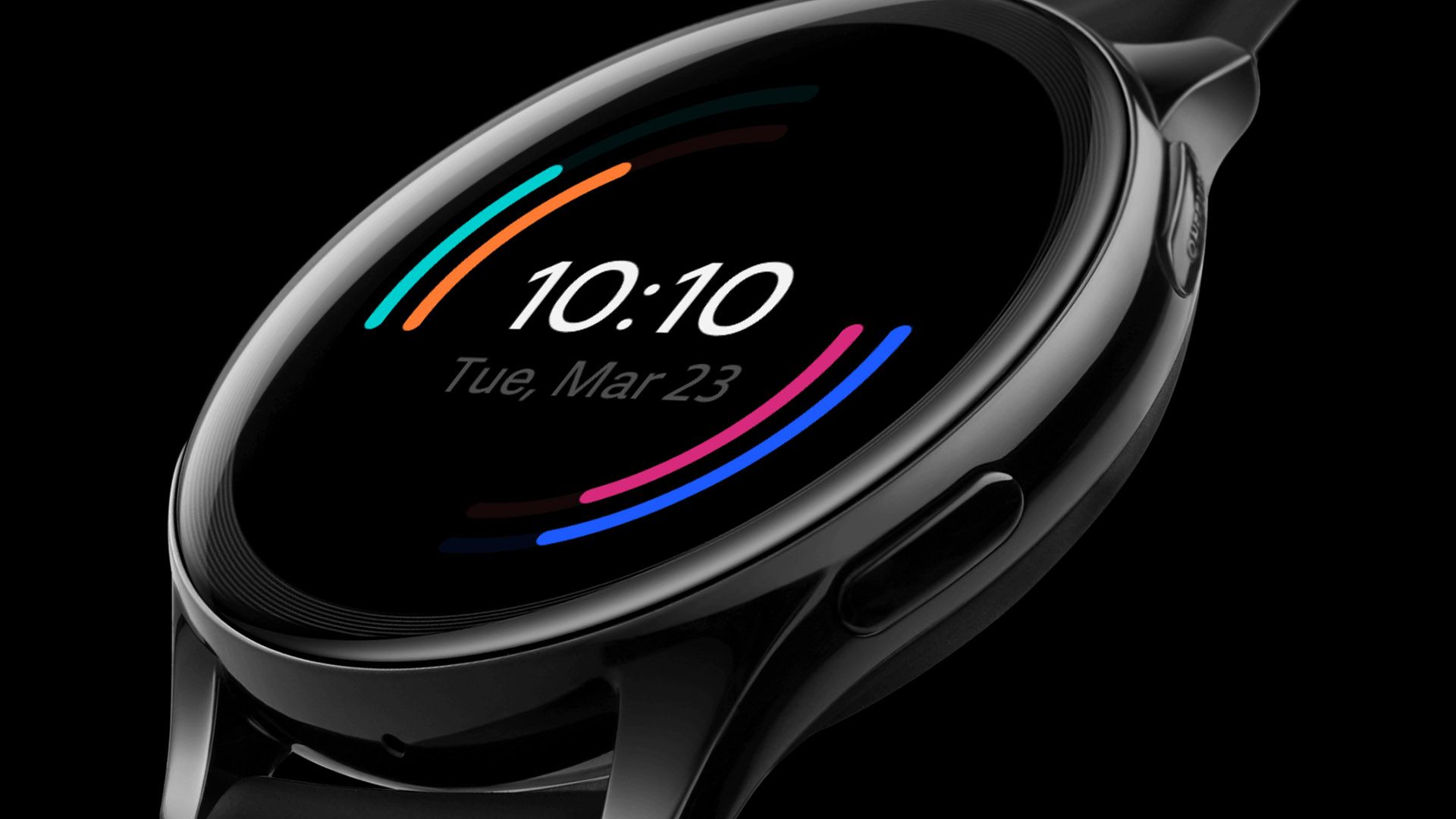It's been a week since OnePlus formally announced its Watch, surprisingly running home-grown software that gives it nigh-unbelievable battery life. Today a OnePlus product manager posted a Q&A about the upcoming Watch on the company's forum, bringing some much-needed insight into the choices made for the new wearable.
First of all: the Q&A says that the watch is built from the ground up for battery life that'll beat any conventional smartwatch. This is primarily achieved by using a custom-built real-time operating system, a low-power approach that's more frequently employed for less capable fitness trackers. OnePlus said that while this indeed boosts the battery life to an astounding 14 days on a full charge, it also wants the watch to "feel" like a premium device. In addition to all of the custom software work that's gone into it, the interface has quick refresh rates for its animations, some at "more than 50 fps" for its various scenes. A custom implementation of three chips (an ST32 primary processor, Apollo 3 low-power standby processor, and a Cypress Bluetooth radio) helps achieve this.
Some prospective buyers might be dismayed to learn that there's no always-on display option for the OP Watch, as has become standard for Wear OS, FitBit, and the Apple Watch. OnePlus says that its testing indicated that an always-on display would cut the watch's battery life by approximately half. Based on user feedback, OnePlus may add the option in a future update. The screen is activated by detecting a raised arm or pressing the watch's button.
In terms of communication, the OP Watch will work with any Android device running 6.0 or higher, and it can stream music to any set of Bluetooth headphones. A OnePlus phone or headphones are not required, but there will not be an iOS app at launch. Users can receive calls on the Watch thanks to a hardware microphone and speaker. Responses to text messages are canned and can't be manually typed, though a future update will allow the user to create custom responses on their phone.
For health tracking, the OP Watch will sync its data to the OnePlus Health app, which itself can sync to Google Fit. It'll support sleep tracking and calorie tracking, along with integrated GPS for exercise sessions. The battery can last 25 hours with GPS enabled, so it'll take a considerable hit for runs or bike rides, but that's still quite impressive for a wearable. Music played from the watch's 4GB of storage without access to a phone-based player app will need to be in non-protected MP3 or LA-AAC format. It will support standard 22mm watch straps.
The OnePlus Watch will go on sale starting April 15th. The Classic edition will cost $159 in black or silver, quite competitive in the space, with a more premium "Cobalt Limited Edition" with a cobalt alloy body and synthetic sapphire glass going for an as-yet unenumerated price.


